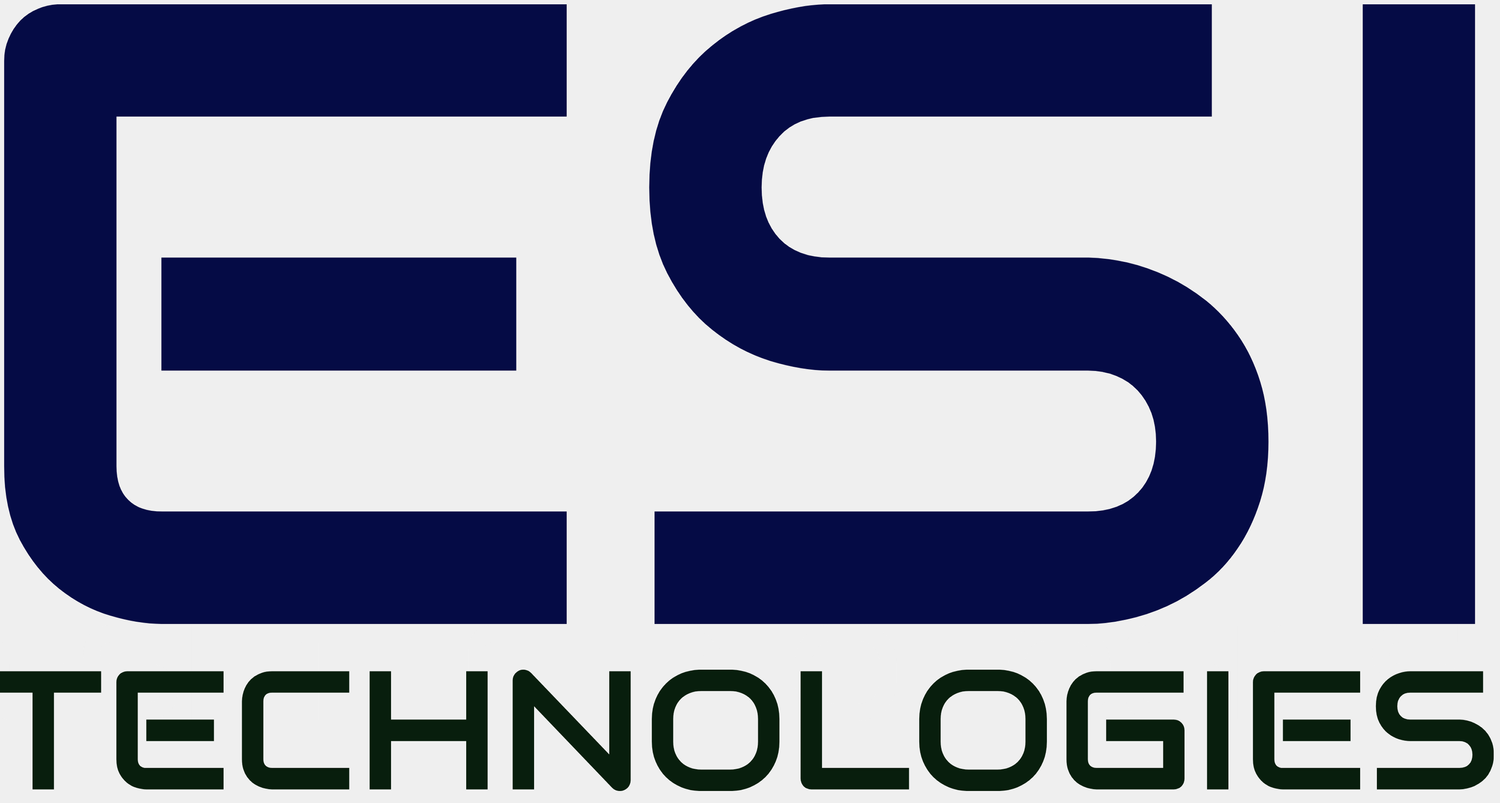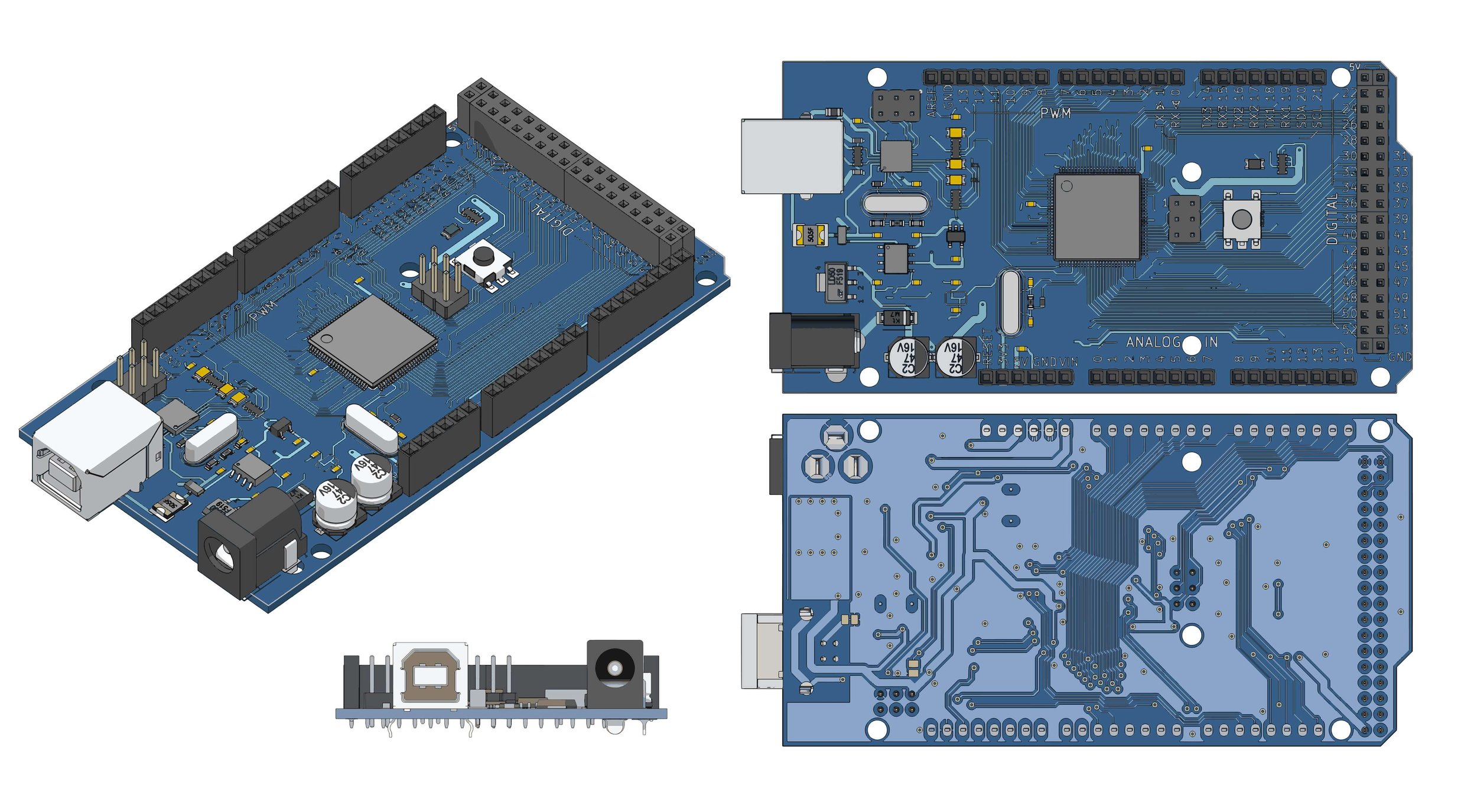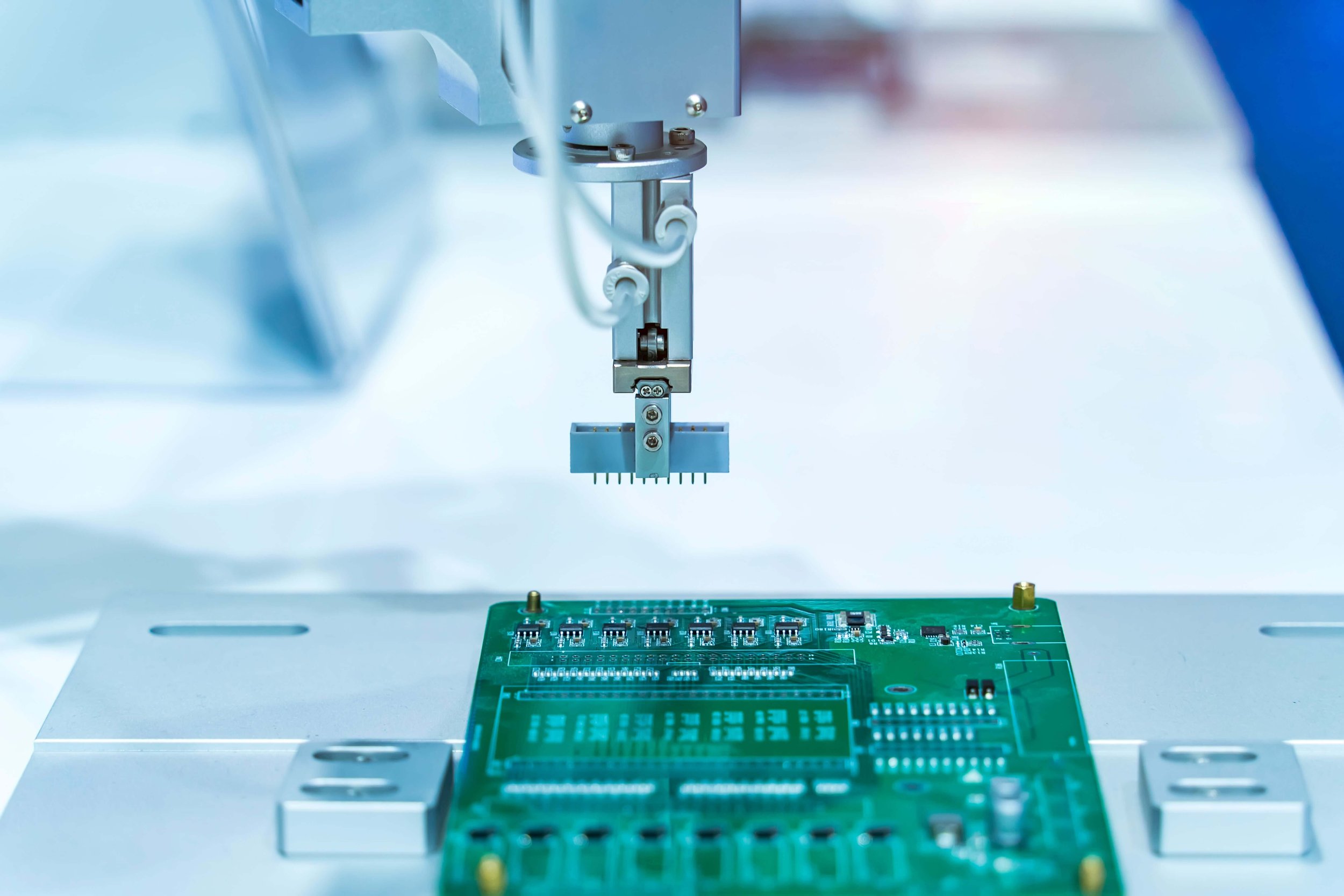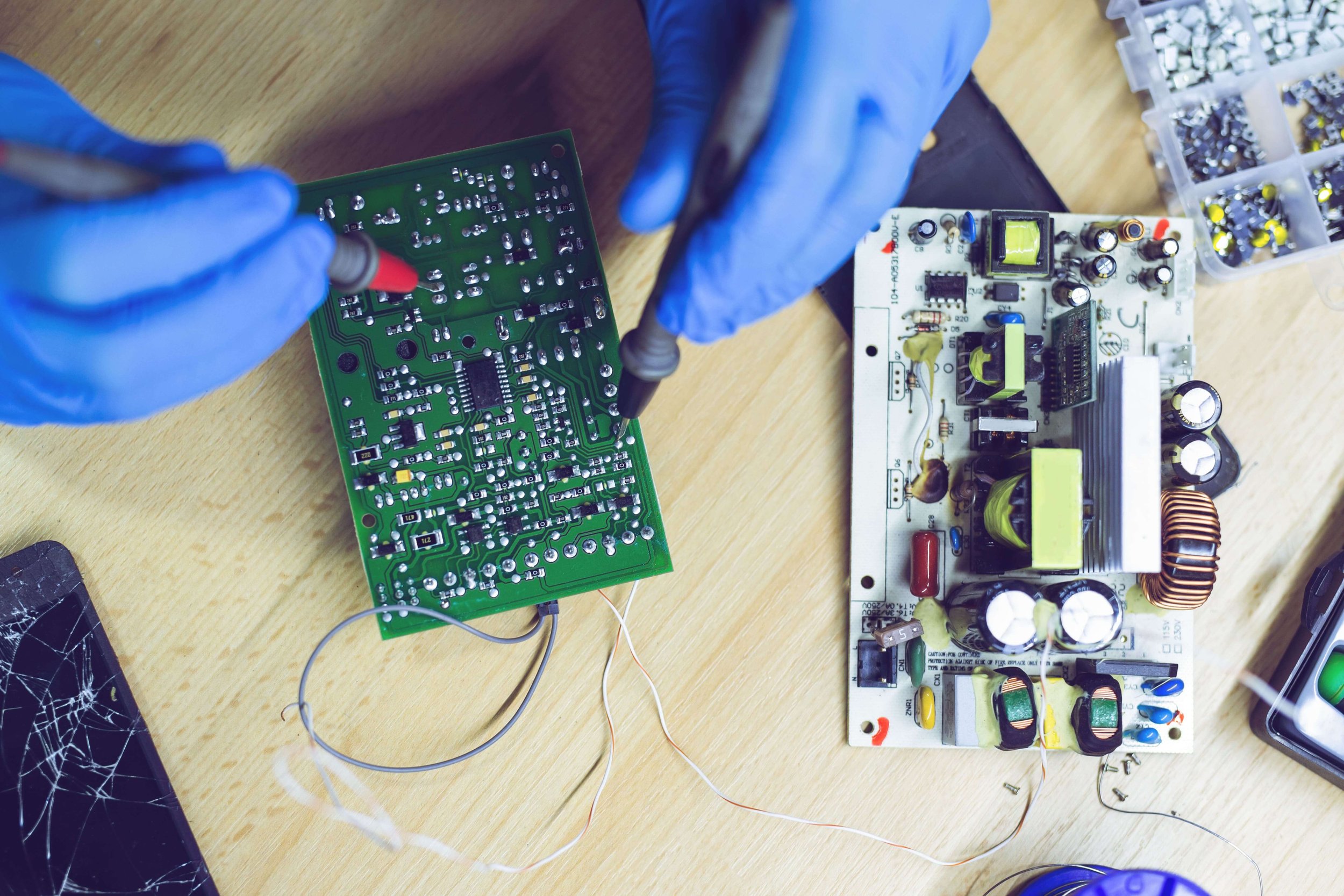What Is a Mezzanine Card?
Mezzanine cards, also known as mezz cards, are a popular expansion solution used in various electronic devices and systems. These versatile cards offer additional functionality and connectivity options to enhance the performance and capabilities of the host device. In this article, we will dive deep into the world of mezzanine cards, exploring their purpose, types, benefits, and applications. So, let's unravel the mysteries of a mezzanine card and understand how they contribute to the ever-evolving landscape of technology.
Mezzanine Card Definition
A mezzanine card is a small printed circuit board (PCB) that is designed to be plugged into a compatible connector on a larger PCB, usually the mainboard or motherboard of an electronic device. It provides additional features, functionalities, or connectivity options that are not readily available on the host device. Mezzanine cards act as an expansion solution, allowing system designers to add specialized hardware or perform customizations without modifying the entire system architecture.
Mezzanine Card Interface Standards
Mezzanine cards adhere to industry-standard interfaces, such as Peripheral Component Interconnect (PCI), PCI Express (PCIe), and VITA 46 VPX. These standards play a crucial role in enabling high-speed data transfer between the mezzanine card and the main board, ensuring efficient communication and optimal performance.
Mezzanine cards come in various sizes, shapes, and formats, depending on the specific requirements of the application. They can be roughly placed into 3 main categories: industry standard, high speed, and custom.
1. Industry Standard Mezzanine Cards
Industry standard mezzanine cards are small circuit boards designed to be inserted into specialized slots on larger electronic devices such as computers, servers, or embedded systems. These cards follow standard form factors and interface specifications defined by industry organizations, allowing for compatibility and interchangeability across different systems.
Type 1 Mezzanine Cards
Type 1 mezzanine cards, also known as PMC (PCI Mezzanine Card), follow the industry-standard specification defined by the PCI Industrial Computer Manufacturers Group (PICMG). These cards feature a 64-bit PCI bus interface and are widely used in applications such as telecommunications, military, and industrial automation. They provide high-speed data transfer capabilities and are compatible with various host systems.
Type 2 Mezzanine Cards
Type 2 mezzanine cards, often referred to as XMC (Switched Mezzanine Card), are an evolution of the Type 1 cards. They utilize the PCI Express (PCIe) or Serial RapidIO (SRIO) interface instead of the traditional PCI bus, offering higher data transfer rates and improved performance. XMC cards are commonly used in applications that demand enhanced processing power and high-speed communication, such as defense systems, radar systems, and medical imaging devices.
2. High-Speed Mezzanine Cards
A high-speed mezzanine card is a specialized category of mezzanine card designed to meet the demands of applications requiring extremely fast data transfer rates and low latency. These cards utilize high-speed interfaces such as PCIe Gen 3, PCIe Gen 4, or Serial RapidIO to deliver exceptional performance and ensure seamless communication between the mezzanine card and the host system.
PCIe Gen 3 Mezzanine Cards
PCIe Gen 3 mezzanine cards leverage the third generation of the Peripheral Component Interconnect Express (PCIe) interface. This standard provides high-speed data transfer rates, with a per-lane bandwidth of up to 8 gigatransfers per second (GT/s). PCIe Gen 3 mezzanine cards are commonly used in applications that require high-speed data processing, such as high-performance computing, data centers, and graphics processing.
PCIe Gen 4 Mezzanine Cards
PCIe Gen 4 mezzanine cards take advantage of the fourth generation of the PCIe interface, offering even higher data transfer rates compared to their predecessors. With a per-lane bandwidth of up to 16 GT/s, PCIe Gen 4 mezzanine cards provide increased performance capabilities, making them ideal for applications demanding ultra-fast data communication and storage, such as advanced artificial intelligence systems and high-bandwidth data acquisition.
Serial RapidIO Mezzanine Cards
Serial RapidIO (SRIO) mezzanine cards utilize the Serial RapidIO interface, a high-performance, low-latency interconnect technology specifically designed for data-intensive applications. SRIO mezzanine cards are well-suited for applications that require high-speed communication and deterministic latency, including wireless infrastructure, baseband processing, and digital signal processing.
3. Custom Mezzanine Cards
While industry standard and high speed mezzanine cards serve a wide range of applications, custom mezzanine cards offer tailored solutions for specific needs. These cards are designed and manufactured to meet unique requirements, enabling system designers to incorporate specialized functionalities or interfaces into their devices. Custom mezzanine cards are commonly used in industries such as aerospace, automotive, and scientific research, where standard off-the-shelf solutions may not suffice.
Types and Uses of Mezzanine Cards
Graphics and Video Mezzanine Cards
Mezzanine cards dedicated to graphics and video applications are designed to enhance visual capabilities, delivering stunning graphics and high-definition video playback. These cards find applications in gaming, multimedia production, and image processing, providing an immersive and visually captivating experience.
Network and Communication Mezzanine Cards
Mezzanine cards designed for networking and communication purposes enable high-speed data transmission, ensuring seamless connectivity and efficient network operations. These cards are commonly found in servers, routers, and telecommunications equipment, enabling reliable and fast communication between devices.
Storage and I/O Mezzanine Cards
Mezzanine cards focused on storage and input/output (I/O) expansion serve as a gateway to expand storage capacity and improve data transfer rates. These cards are crucial in data centers and storage systems, facilitating efficient data management and enabling faster access to critical information.
FPGA and Accelerator Mezzanine Cards
Field-Programmable Gate Array (FPGA) and accelerator mezzanine cards are dedicated to boosting processing power and performance. They leverage specialized hardware to accelerate specific computations, making them ideal for applications involving artificial intelligence, machine learning, and scientific research.
Benefits of Mezzanine Cards
Mezzanine cards bring a multitude of benefits to electronic systems, making them a preferred choice for expanding the capabilities of various devices. Here are some key advantages of using mezzanine cards:
Scalability: Mezzanine cards provide a scalable expansion solution, allowing system designers to add or upgrade functionalities as needed. This flexibility enables devices to adapt to changing requirements and future technological advancements.
Modularity: By using mezzanine cards, systems can be built with a modular approach, where different components can be easily replaced or upgraded without affecting the entire system. This modularity enhances maintenance, reduces downtime, and simplifies future upgrades.
Cost Efficiency: Mezzanine cards offer a cost-effective solution for adding specialized functionalities to devices. Instead of designing and manufacturing an entirely new system, developers can leverage mezzanine cards to meet specific requirements, saving both time and resources.
Time-to-Market: Mezzanine cards accelerate the product development cycle by reducing the time required for designing and integrating custom functionalities. This speed-to-market advantage enables companies to stay competitive in rapidly evolving industries.
Enhanced Performance: Mezzanine cards enable the integration of high-performance components or interfaces that may not be feasible on the mainboard of the host device. This results in improved overall system performance and increased capabilities.
Applications of Mezzanine Cards
Mezzanine cards find applications in a wide range of industries and devices. Their versatility and flexibility make them suitable for various use cases. Here are some common applications of mezzanine cards:
Data Communication: Mezzanine cards are extensively used in networking equipment, such as routers, switches, and network interface cards (NICs). They provide additional ports, interfaces, or specialized processing capabilities to enhance data communication and network performance.
Embedded Systems: Mezzanine cards play a vital role in embedded systems, enabling the integration of specialized functionalities. They are commonly employed in industries such as aerospace, defense, industrial automation, and medical devices.
Digital Signal Processing: Mezzanine cards equipped with high-speed processors and dedicated digital signal processing (DSP) capabilities are used in applications that require real-time signal analysis and processing. These include software-defined radios, radar systems, and image processing devices.
Test and Measurement: Mezzanine cards find extensive use in test and measurement equipment, providing additional features and interfaces for accurate data acquisition, signal generation, and analysis. They are commonly used in oscilloscopes, spectrum analyzers, and data acquisition systems.
Looking for a Mezzanine Card? Browse our Collection of Refurbished Parts
A mezzanine card serves as indispensable expansion solutions in the realm of electronics, offering a wide range of functionalities, customization options, and performance enhancements. Whether you're in need of an industry standard mezzanine card, a high speed mezzanine card, or a custom-designed solution, these cards empower system designers to incorporate specialized features and interfaces while maintaining the integrity of the host device.
To explore our vast collection of mezzanine cards and other refurbished computer parts, we invite you to browse our inventory at ESI Technologies. Our team is dedicated to providing top-notch products and exceptional customer service. If you have any questions or concerns, please don't hesitate to reach out to us. We are here to assist you every step of the way.
Remember, when it comes to expanding your electronics capabilities, ESI Technologies is your trusted partner. Start exploring our collection today and unleash the full potential of your devices.
FAQs
-
When choosing a mezzanine card, several factors should be taken into consideration, including compatibility with the host device, required interfaces or functionalities, physical form factor, power requirements, and cost. It is crucial to thoroughly assess the application's requirements and consult with experienced engineers or manufacturers to ensure the best-suited card is selected.
-
Yes, depending on the specific implementation and design of the host system, some mezzanine cards can be hot-swapped. Hot-swapping allows cards to be inserted or removed from a system while it is still powered on, without causing any disruption or damage. However, it is important to verify the hot-swapping capability and follow proper procedures to prevent any potential issues.
-
While industry standard mezzanine cards adhere to specific specifications, ensuring compatibility across different manufacturers, custom mezzanine cards may not be interchangeable. Custom cards are designed to meet unique requirements and may have specific form factors or interfaces that are not compatible with other systems. It is essential to verify compatibility and consult with the card manufacturer before integration.
-
Apart from mezzanine cards, alternative methods for expanding system capabilities include USB devices, wireless modules, system-on-modules (SOMs), and integrated peripheral interfaces.



